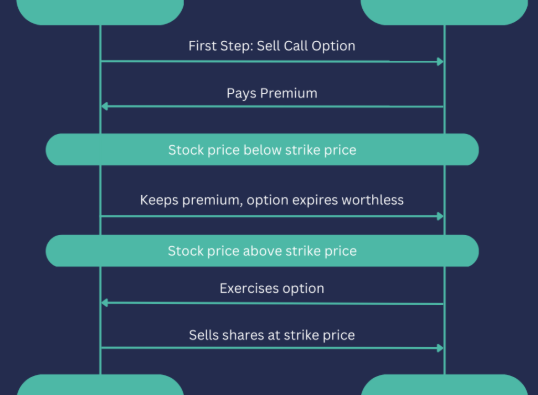
Real estate financial analysis is essential for making informed investment decisions. By understanding the financial viability of a property or development project, investors can minimize risks and maximize their returns. This guide will introduce the core principles and tools involved in real estate financial analysis, helping you navigate the complex world of property investment.
What is Real Estate Financial Analysis?
Real estate financial analysis involves evaluating the financial performance of a property to determine its potential profitability and associated risks. By assessing key financial metrics such as cash flow, return on investment (ROI), and net operating income (NOI), investors can make better decisions about whether to buy, sell, or hold a property.
Key Financial Metrics in Real Estate Analysis
Several financial metrics are used to assess the performance of real estate investments. These include:
- Cash Flow: This is the amount of money generated by a property after all expenses, including mortgage payments, property taxes, and maintenance costs, are deducted. Positive cash flow indicates that the property is profitable.
- ROI (Return on Investment): ROI measures the profitability of an investment. It is calculated by dividing the net profit by the initial investment cost. A higher ROI signals a more profitable investment.
- NOI (Net Operating Income): NOI represents the total income generated by a property after operating expenses (such as maintenance, taxes, and insurance) are subtracted, excluding debt payments and taxes. It’s a key indicator of profitability.
The Role of Financial Analysis in Real Estate Investment
Financial analysis helps investors understand the cash flow dynamics and risk factors of a property. It enables them to forecast future income, expenses, and potential returns, guiding them in making decisions that align with their financial goals.
Tools for Real Estate Financial Analysis
To conduct a thorough real estate financial analysis, investors use various tools:
- Spreadsheet Software: Tools like Microsoft Excel are widely used for creating financial models and performing calculations.
- Real Estate Investment Software: Specialized software offers pre-built templates and analysis tools, streamlining the process.
- Online Calculators: Various online calculators can help quickly compute key financial metrics like cash flow and ROI based on property-specific data.
Tips for Effective Financial Analysis
- Gather Accurate Data: Ensure the financial data you use is up-to-date and precise, including income, expenses, and market trends.
- Use Conservative Assumptions: Be cautious when projecting future income and expenses. Always use conservative estimates to avoid overly optimistic assumptions.
- Consider External Factors: Don’t just rely on financial metrics. Consider market trends, the property’s location, and its condition, which all impact performance.
Real Estate Valuation Methods
Valuing a property accurately is essential for determining its potential for investment. Several methods are used:
- Market Comparison Approach: This method involves comparing the property to similar properties that have recently sold. Adjustments are made for differences in features, location, and condition to estimate the property’s value.
- Income Capitalization Approach: This approach is used for income-producing properties. It calculates the property’s net operating income (NOI) and divides it by the capitalization rate (cap rate) to estimate its value.
- Cost Approach: In this method, the appraiser estimates the cost of replacing the property, including depreciation and obsolescence. The land’s value is then added to the depreciated cost of the improvements to determine the property’s value.
- Residual Method: Typically used in property development, this method determines the value by subtracting development costs from projected future income. The residual value represents the maximum amount a developer can pay for the land while achieving a target return.
- Appraisal by Comparison: This method is applied to unique or specialized properties with no direct comparables. It may involve analyzing construction costs or income potential based on properties in different locations.
Example of Real Estate Financial Modeling
Let’s explore a simple real estate financial model for a rental property:
- Assumptions and Inputs:
- Purchase price, down payment, loan terms, rental income, operating expenses, and vacancy rate.
- Cash Flow Projection:
- Start by calculating the gross rental income. Deduct operating expenses to get the net operating income (NOI). Subtract debt service (mortgage payments) to find the property’s cash flow before taxes.
- Return Metrics:
- Calculate the cash-on-cash return and cap rate to assess profitability. Cash-on-cash return is calculated by dividing annual pre-tax cash flow by the initial investment.
- Sensitivity Analysis:
- Adjust key assumptions like rent and expenses to evaluate how these changes impact the investment’s performance.
Real Estate Financial Analyst Role
A real estate financial analyst plays a vital role in assessing the financial viability of investments. They create financial models, evaluate market trends, and provide insights to help guide investment decisions. Their responsibilities include:
- Financial Modeling: Developing models to forecast cash flows and investment returns.
- Investment Analysis: Analyzing market trends and property performance to assess investment suitability.
- Market Research: Conducting research to identify trends and opportunities in the real estate market.
- Risk Assessment: Identifying and managing risks associated with investments.
- Stakeholder Communication: Communicating financial findings to stakeholders and investors.
Conclusion
Real estate financial analysis is essential for anyone involved in property investment. By understanding key metrics and valuation methods, investors can make informed decisions that maximize returns and minimize risks. Mastering real estate financial analysis is crucial for long-term success in this competitive market.









